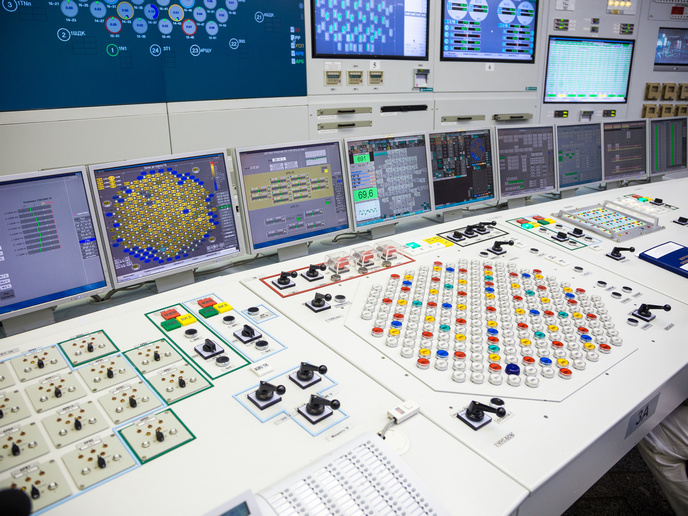New instrument could help predict large earthquakes
Every year, large earthquakes cause dramatic damage and a significant loss of life. But can earthquakes be predicted? That’s a question that has long stumped seismologists. “Our goal as seismologists is to understand what triggers earthquakes and to find signs that could foretell their occurrence,” says Florent Brenguier(opens in new window), a researcher at Grenoble Alpes University(opens in new window). The challenge is that seismologists have yet to find a reliable sign of foreshock activity, making predicting earthquakes all but impossible. “The main limitation is that the fine-scale processes that lead to large earthquakes occur several kilometres below the Earth’s surface – which is well beyond the reach of our seismometers,” adds Brenguier. Working to overcome this limitation is the EU-funded FaultScan(opens in new window) project. The project has developed an innovative earthquake telescope capable of looking into the depths of the Earth and detecting possible signs of a forthcoming earthquake.
Transforming our understanding of how seismic faults behave at depth
Developed by a team of engineers and seismologists and with the support of the European Research Council(opens in new window), the instrument is composed of an array of 300 sensors. “We wanted to create a disruptive way of making seismic observations and inferring how active faults behave at depth in the lead-up to a large earthquake,” explains Brenguier, the project’s principal investigator. For the past three years, the project has been testing the instrument along California’s San Jacinto Fault, one of the world’s most active faults and a well-known natural laboratory for studying seismic activity. Although researchers are just starting to analyse the collected data, several surprising results have already come out of it. For example, the seismic telescope ‘saw’ 10 times more activity from the fault than had previously been detected using standard sensors. “We believe that this wealth of new information will transform our understanding of how the San Jacinto Fault behaves at depth,” concludes Brenguier. Following the pilot test in California, the project plans to deploy its instrument in Italy along one of Europe’s most earthquake-prone areas.







